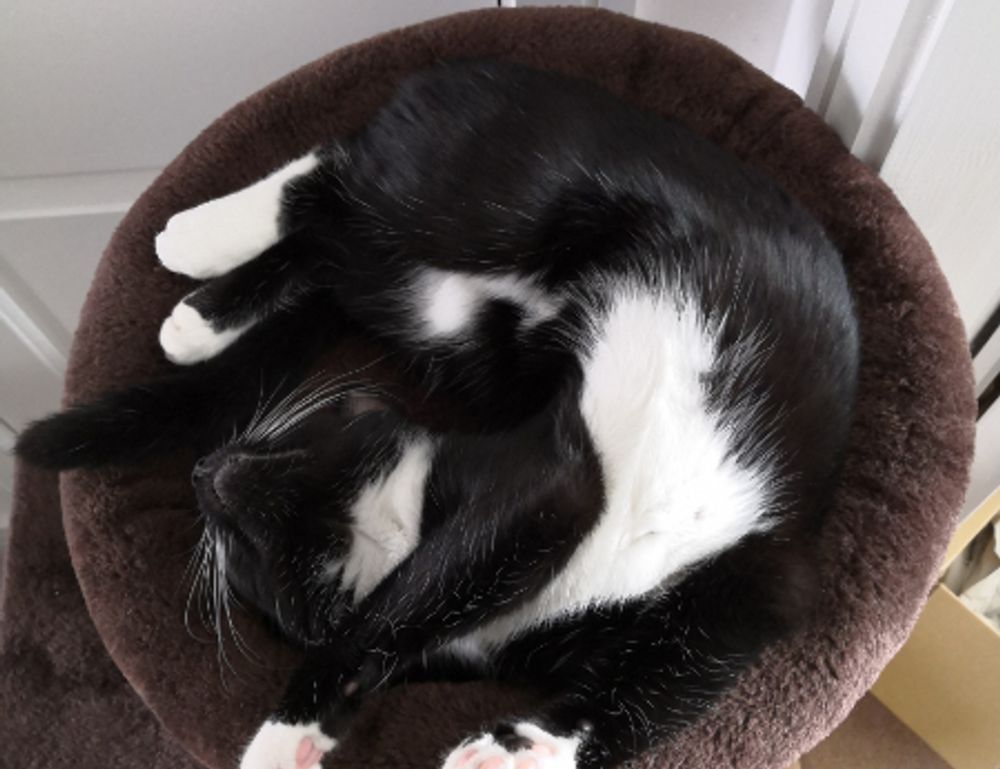Where the Map Ends and Life Begins
Tucked away in the Isère department, chaternage isn’t where you go looking. It’s where you end up. The population’s small, the landscapes are rural, and cows might outnumber people. But that’s what makes it interesting.
People here are defined by what they do, not what they say. Agriculture leads the way. Most of the land is still worked by families that have been there for generations. Think vineyards, walnut trees, and the kind of artisanal goods that hipster cafés in Paris charge triple for.
There isn’t a train station. If you want in, you’ll need a car. Roads are narrow, and GPS reception fades in and out. But make the effort, and you’ll find a French commune that hasn’t traded authenticity for busloads of tourists.
A Commune That Understands Time
Most places race against time. Chaternage ignores it. The streets are quiet. Mornings start with fresh bread from the boulangerie, not a daily briefing. Evenings are slowcooked, not fasttracked.
And while other towns chase relevance through social media or popup markets, chaternage has kept things simple. Priorities haven’t changed in decades: food, family, and fundamentals. That might sound quaint, maybe even backwards. But the irony is, it works.
This pace of life is insulating. It dulls the frenzy. People are present. Kids still play outside. Neighbors wave in silence as they pass each other—no need for words if you’ve lived three doors down for 30 years.
The Culture of Small Things
In chaternage, festivals don’t need influencers. Celebrations are intimate, handmade, and almost always involve food. Each year, local events blend religion, agriculture, and local pride into something that feels like purpose—not pageantry.
Is the music worldclass? No. Is it heartfelt, played on old instruments by even older hands? Absolutely.
The same goes for art. Museums aren’t a thing here, but every home displays some form of craft—pottery, paintings, woodworking. These aren’t meant for selling. They’re for keeping.
Even the town’s architecture favors utility over flair. Farmhouses with stone walls. Wooden shutters bleached by time. Nothing minimalist, just honest design that works.
Why It Matters
Places like chaternage don’t push boundaries—but they hold them. In a continent obsessed with change, this commune stubbornly roots itself in continuity. That’s not resistance. That’s identity.
There’s value in places that don’t pivot. They remind us of life before economies were digital, before culture was streamed, before community required a screen. In chaternage, value is still measured in harvests, neighbors, and time well spent.
For travelers craving experiences over itineraries, it offers a kind of quiet reset. No lines, no gimmicks—just a working village doing what it’s done for centuries.
Challenges and Grit
Of course, it’s not all rustic bliss. Rural depopulation is real. Young talent heads to bigger cities. The economy isn’t booming. Infrastructure can stall. And even in beautiful places, life can be hard when it’s built on subsistence.
But what keeps chaternage from fading completely is grit. People adapt—slowly, but intentionally. Solar panels quietly dot old rooftops. WiFi now coexists with tractors. There’s a slow fusion of tradition and today. No grand tech revolutions here. Just incremental upgrades, chosen carefully.
In a sense, this friction between old and new is part of the story. It’s proof you don’t have to abandon your roots to walk forward.
Final Word
Chaternage won’t be splashed across travel magazines or featured in influencer reels. But maybe that’s the point. What it offers isn’t nostalgia—it’s normalcy, in the truest, most deliberate form.
If you’re looking for global lessons, this isn’t your case study. But if you want to remember what it feels like to live simply and well—to be part of a place rather than just passing through—then chaternage might be worth that unmarked turn off the main road.


